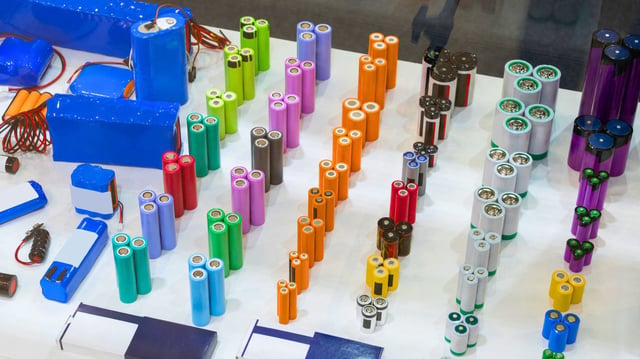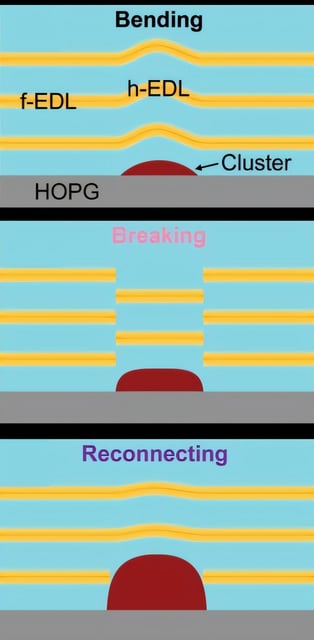Overview
- Using 3D atomic force microscopy, Zhang’s team directly imaged electrical double layers at realistic, heterogeneous solid–liquid interfaces for the first time.
- They identified three universal reconfiguration modes—bending, breaking and reconnecting—around nucleation clusters during chemical deposition.
- Experiments show these patterns arise from the finite size of liquid molecules rather than their specific chemistry, suggesting predictability based on surface morphology.
- The work fills a century-old gap left by flat-surface models and bridges fundamental understanding of electrode–electrolyte interactions.
- Researchers are now extending the study to test whether these response modes hold across other electrolytes and electrode materials for real-world battery designs.

